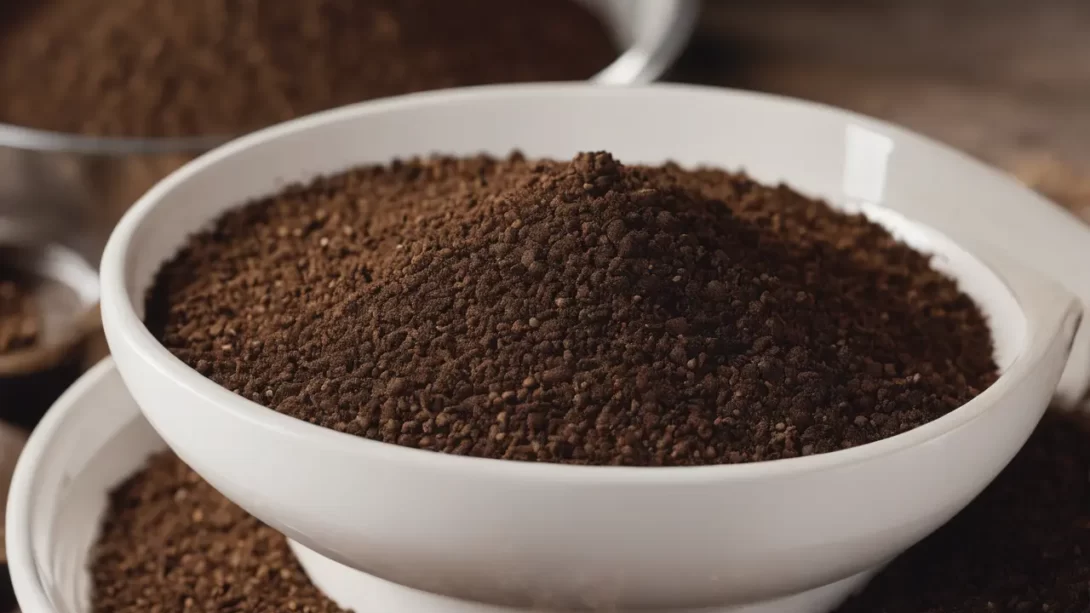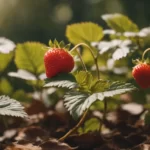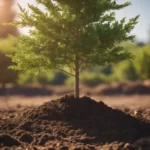Proper storage of potting soil is crucial for maintaining its quality and ensuring it remains useful for future gardening projects. Potting soil, whether it’s a brand-new bag or leftovers from the last planting season, can lose its effectiveness if not stored correctly. Factors like moisture, pests, and mold can degrade the soil. Understanding the importance of proper storage techniques can save gardeners both time and money, while preserving the essential qualities of the soil.
Types of Potting Soil
There are various types of potting soil available, each with unique components that cater to different planting needs. These include organic potting mixes, which often contain materials like peat moss, compost, and bark, and inorganic mixes, which might have perlite, vermiculite, or sand. Specialty blends are also available for specific types of plants like orchids or succulents. The composition of these soils not only dictates their best use but also influences how they should be stored to maintain their structure and nutrient content.
Preparing Potting Soil for Storage
Before storing potting soil, it’s important to prepare it properly. If the soil is excessively moist, spread it out on a clean surface to dry. This reduces the risk of mold and fungal growth during storage. For used potting soil, remove any plant matter, roots, or debris, as these can decompose and affect the quality of the soil. If the soil has been previously used to grow plants, consider sterilizing it to kill off any pathogens or weed seeds.
Selecting the Right Storage Containers
Choosing the right container is essential for preserving the quality of your potting soil. Options include plastic bins, resealable bags, or buckets with lids. The container should be clean, dry, and capable of being sealed to prevent the entry of pests and excess moisture. Containers with tight-fitting lids are ideal as they also help to keep out any contaminants that might spoil the soil.
Ideal Storage Conditions
The environment where you store your potting soil significantly affects its condition. Ideally, potting soil should be stored in a cool, dry, and dark place. Excessive heat can dry out the soil, while high humidity levels can encourage mold growth and pest infestation. A garage, shed, or basement typically offers suitable conditions, provided they are not prone to drastic temperature fluctuations or dampness.
Preventing Pest and Fungal Problems
One of the primary concerns when storing potting soil is preventing contamination from pests and fungi, which can be detrimental to plant health. To mitigate these risks:
- Use Sterilized Containers: Ensure that the containers used for storing potting soil are thoroughly cleaned and sterilized. This can be done by washing with soap and water, followed by a rinse with a mild bleach solution to eliminate any lingering pests or spores.
- Store Above Ground Level: Keeping potting soil off the ground can help prevent pests like rodents or insects from accessing it. Shelves or pallets are useful for this purpose.
- Check Regularly: Periodically inspect the stored soil for signs of pest infestation or mold growth. Early detection can prevent the spread and save the rest of the soil.
Managing Unused Potting Soil
For gardeners who have unused potting soil, proper management is key to keeping it in good condition:
- Aerate the Soil: If the soil has been stored for a long time, aerate it before use to reintroduce air into the mix. This can be done by fluffing the soil with a garden tool.
- Mixing Old with New: It’s often safe to mix old potting soil with new soil, especially if it’s been properly stored and is free from pests and diseases. However, consider adding some fresh compost or a slow-release fertilizer to replenish nutrients that may have been lost over time.
Long-Term vs. Short-Term Storage
The approach to storing potting soil can vary depending on whether you’re looking at long-term or short-term storage:
- Long-Term Storage: For soil that won’t be used for an extended period, ensure it’s completely dry and sealed in an airtight container. This prevents the growth of mold and keeps pests out.
- Short-Term Storage: If you plan to use the soil within a few months, less stringent measures are needed. However, it’s still important to keep the soil dry and in a container that protects it from pests.
Troubleshooting Common Storage Issues
Even with the best storage practices, issues can arise. Some common problems include:
- Mold Growth: If you notice mold in your potting soil, spread it out in a sunny area to dry. Sunlight is a natural mold killer.
- Bad Odors: Unpleasant smells can develop if the soil is too moist or poorly aerated. Allowing the soil to dry and aerating it can eliminate odors.
- Pest Infestation: If pests have invaded your potting soil, it’s often best to discard it to avoid spreading the infestation to your plants.
When to Discard Old Potting Soil
Knowing when to discard potting soil is as important as knowing how to store it. If the soil has a persistent bad odor, signs of disease, or a severe pest infestation, it’s safer to dispose of it rather than risk damaging your plants. Also, if the soil structure has significantly deteriorated, losing its ability to hold water and nutrients, it’s time for a replacement.
Recycling and Disposing of Used Potting Soil
For environmentally conscious gardeners, there are eco-friendly ways to dispose of old potting soil. One method is to compost it. While composting, ensure to balance the potting soil with other organic materials like kitchen scraps or yard waste. Alternatively, you can use old potting soil as a fill material for raised beds or as a base layer for new potting mixes, provided it’s pest and disease-free.
Final Tips for Potting Soil Storage
Here are a few final tips to ensure your potting soil remains in top condition:
- Label Your Containers: If you have different types of potting soil, label the containers with the type of soil and the date of storage. This helps in keeping track of what’s available and its age.
- Avoid Cross-Contamination: Use separate tools for your potting soil or sterilize them between uses. This is especially important if you’re dealing with soil that has had disease issues.
- Regularly Rotate Stock: Use older potting soil first and keep adding fresh stock to your supply. This rotation ensures that you don’t end up with soil that’s too old.
Conclusion
Proper storage of potting soil is a simple yet crucial aspect of gardening. By following these guidelines, you can maintain the quality of your potting soil, ensuring it remains a nurturing medium for your plants. Whether you’re a casual gardener or a seasoned green thumb, taking the time to store your potting soil correctly can lead to healthier plants and more successful gardening outcomes. Remember, the effort you put into caring for your potting soil reflects in the health and vibrancy of your garden.




